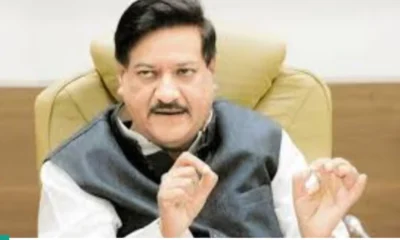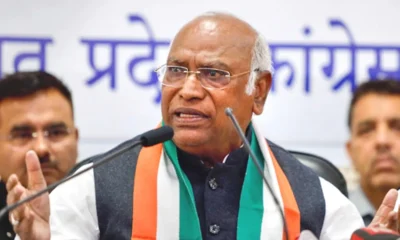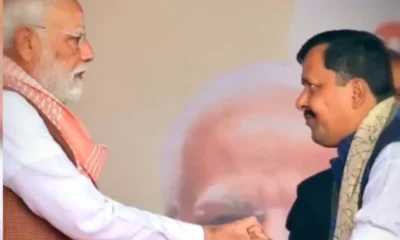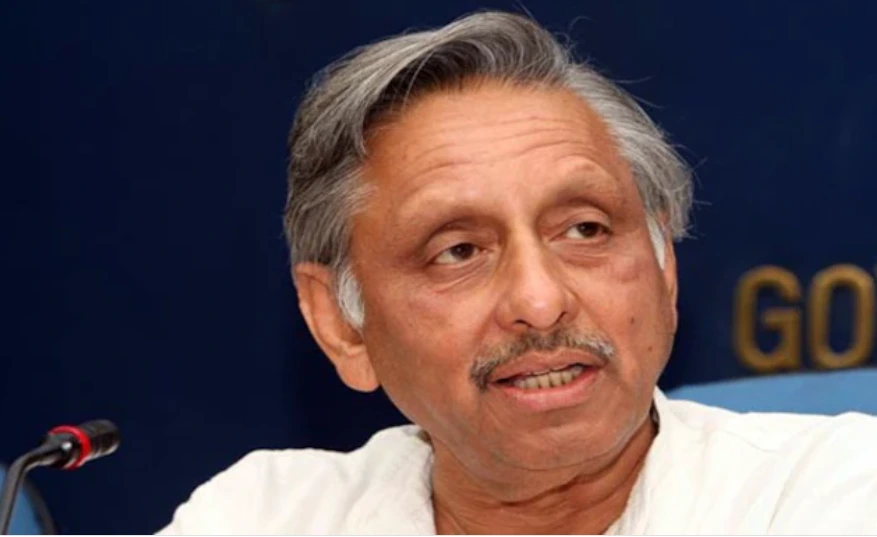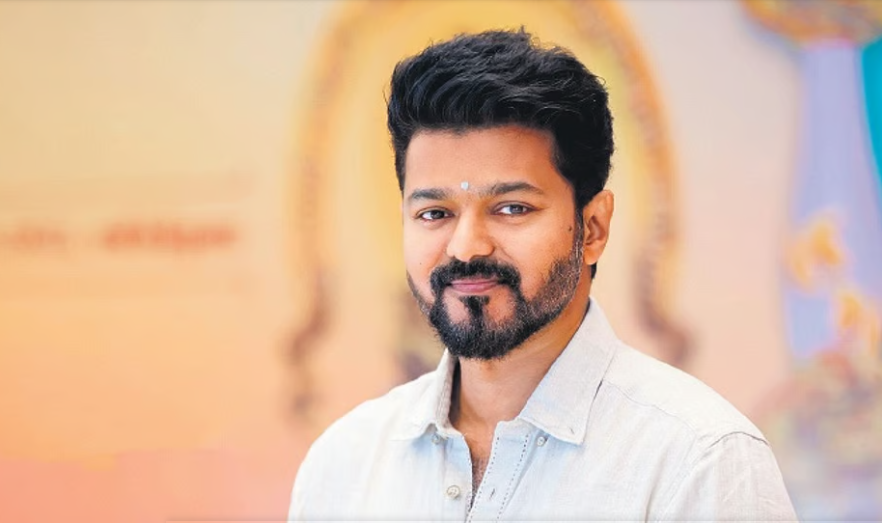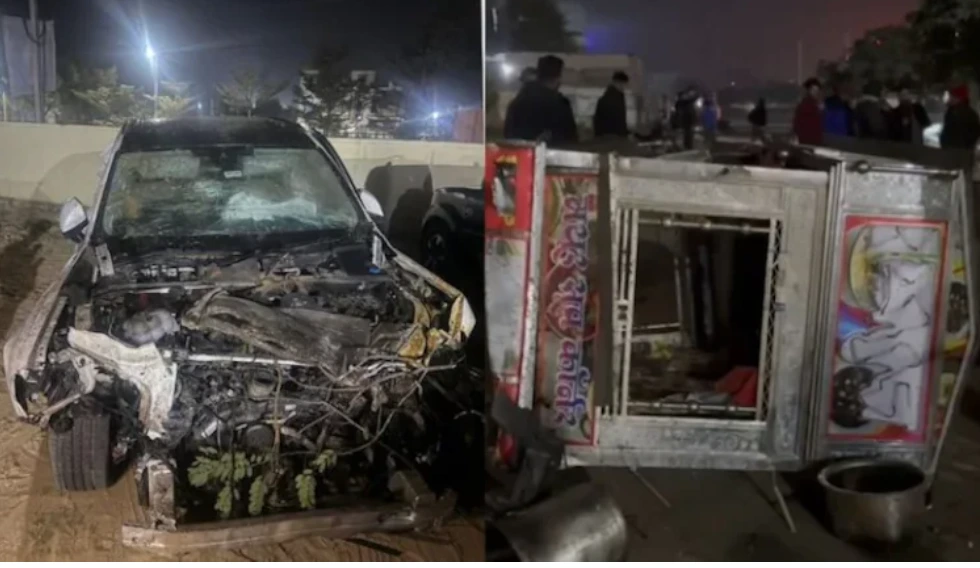[vc_row][vc_column][vc_column_text]A new name, a new extended deadline, a new, expanded budget for an old scheme with the same old goal: total electrification. This is the Pradhan Mantri Sahaj Bijli Har Ghar Yojana – ‘Saubhagya’, meaning ‘good luck’ – scheme that aims to provide electricity connections to “all willing households” across both urban and rural areas, announced with much fanfare by Prime Minister Narendra Modi on Monday, the birth centenary of Deen Dayal Upadhyaya.
The scheme, pegged at Rs 16,320 crore, will provide free electric connections to an estimated 4 crore poor households.
Here are the elements of the scheme, compiled from government releases and media reports:
– Saubhagya scheme aims to provide electricity to all families in India
– It will provide free electricity connection to poor families of India
– It will give access to electricity to all ‘willing’ households
– Total outlay of the project is Rs. 16, 320 crore while the Gross Budgetary Support (GBS) is Rs. 12,320 crore.
– Outlay for rural households is Rs. 14,025 crore while the GBS is Rs. 10,587.50 crore. For the urban households, the outlay is Rs. 2,295 crore while GBS is Rs. 1,732.50 crore.
– Government of India will provide most of the funds for the Scheme to all States/UTs.
– States and Union Territories are required to complete the works of household electrification by the 31st of December 2018.
– Beneficiaries for free electricity connections would be identified using Socio Economic and Caste Census (SECC) 2011 data.
– An un-electrified households not covered under the SECC data would also be provided electricity connections under the scheme on payment of Rs. 500 which shall be recovered by DISCOMs in 10 instalments through electricity bill.
– Solar power packs of 200 to 300 Wp with battery bank for un-electrified households located in remote and inaccessible areas, comprises of Five LED lights, One DC fan, One DC power plug. It also includes the Repair and Maintenance (R&M) for 5 years.
– Though the power connections, that will cost between Rs 2,500 to Rs 4,000, will be given free, the government has said there would not be any subsidy for monthly consumption of electricity. Consumers will have to pay the bill as per their utilisation.
– All power meters will have technology driven registration, payment and consumer billing to avoid any leakage. There will be both centre and state-level monitoring and web-based monitoring mechanism of the scheme.
– 90% of the targeted un-electrified households falls in the more than 10 states including Bihar, Uttar Pradesh, Maharashtra, Odisha and J&K.
Modi government aims to achieve with the scheme:
(a) Environmental upgradation by substitution of Kerosene for lighting purposes
(b) Improvement education services
(c) Better health services
(d) Enhanced connectivity through radio, television, mobiles, etc.
(e) Increased economic activities and jobs
(f) Improved quality of life especially for women
The government also hopes that by pumping Rs 16000 crore into the economy, additional job opportunities may open up.
There is little that is new in the scheme. The same wine has seen several ‘new bottles’. Earlier, we had Garv, Garv-II, IPDS, DDUGJY, Uday and Ujala and now, Saubhagya has joined the long list of schemes promising ‘power for all’.
Basically, the new scheme would provide more central funds, mostly for subsidy. Under the Deendayal Upadhyaya Gram Jyoti Yojna (DDUGJY) launched in July 2015, the central government already gives subsidies to states to provide free connections to people living below the poverty line. Besides, the DDUGJY was a revised version of the Rajiv Gandhi Grameen Vidyutikaran Yojana (RGGVY) that the Congress-led UPA government had announced in 2005. Under that programme too, the central government gave a subsidy to states to provide free electricity connections that the poor.
At the time of Independence, only 1,500 villages were electrified. Between 2005-2012, during the tenure of the UPA government, 104,496 villages were electrified and connections were provided to 21.5 million households. Of these, 19 million households were provided free connections.
When the Modi government announced the new avatar of the rural electrification scheme, only 18,452 villages remained without power. In 2015, Modi had set a target of 1,000 days for electrifying the 18,452 villages that did not have electricity connection. Of these, 14,483 are mentioned as electrified on the GARV dashboard, which captures real-time data for rural electrification. However, while the speed of progress in powering villages is laudable, household electrification data remain dismal.
Currently, as per the Centre’s 2006 rural electrification policy, a village is declared to be electrified if 10% of the households are given electricity along with public places such as schools, panchayat office, health centres, dispensaries and community centres. Nowhere does the definition talk about actual electricity connection or its supply to the household.
This is why 99.5 per cent villages in the country have been deemed “electrified” even though of the 170 million households, 40 million remain to be fully electrified. Also, 24×7 power is still a far cry even for the electrified households.
On Monday, Narendra Modi said the government will electrify 2,986 remaining villages by December 2017 to help take power to all households by December 2018.[/vc_column_text][/vc_column][/vc_row]
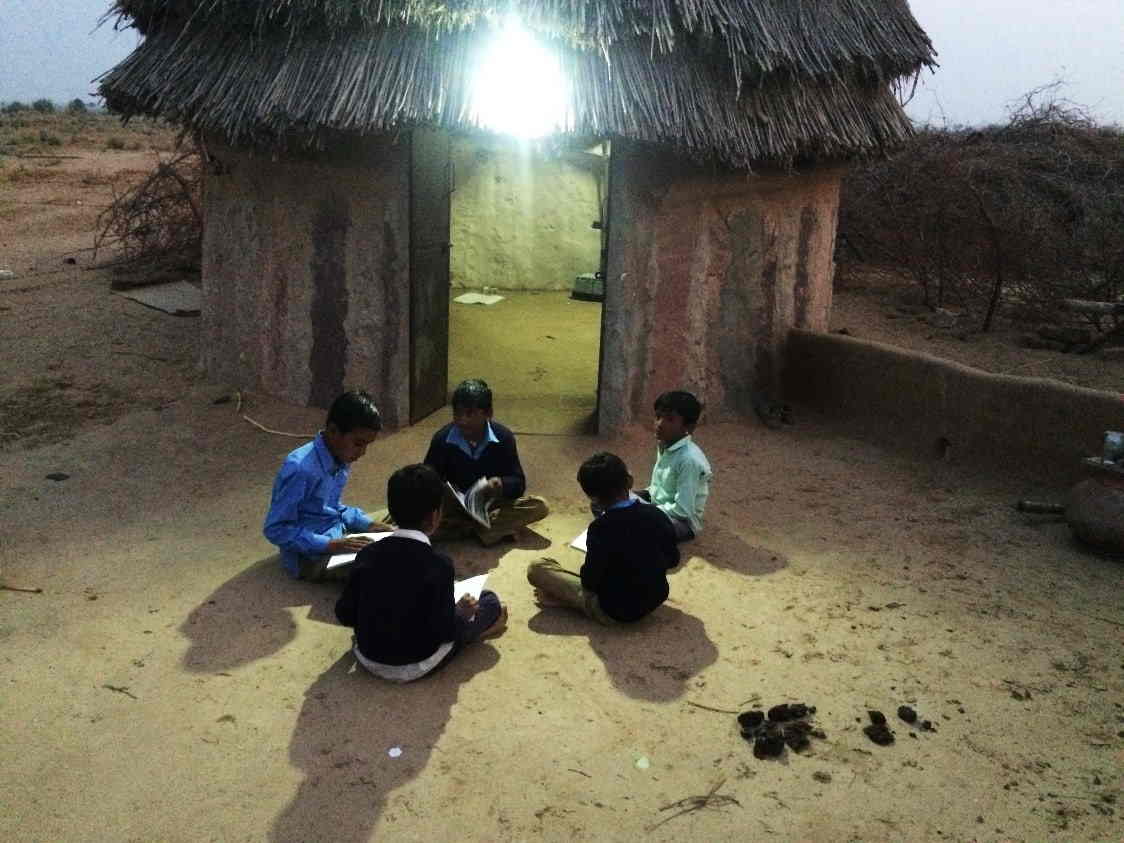
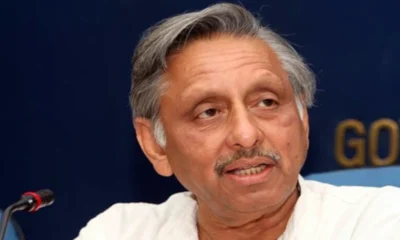
 India News1 hour ago
India News1 hour ago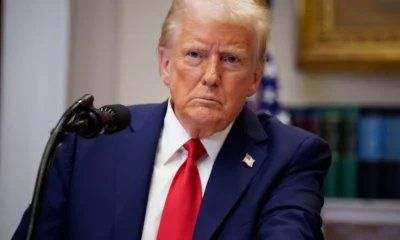
 Latest world news2 hours ago
Latest world news2 hours ago
 India News1 hour ago
India News1 hour ago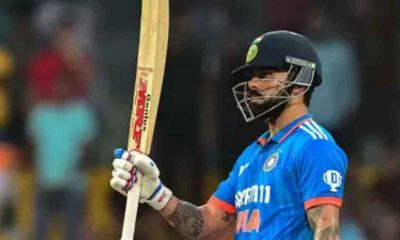
 Cricket news1 hour ago
Cricket news1 hour ago


